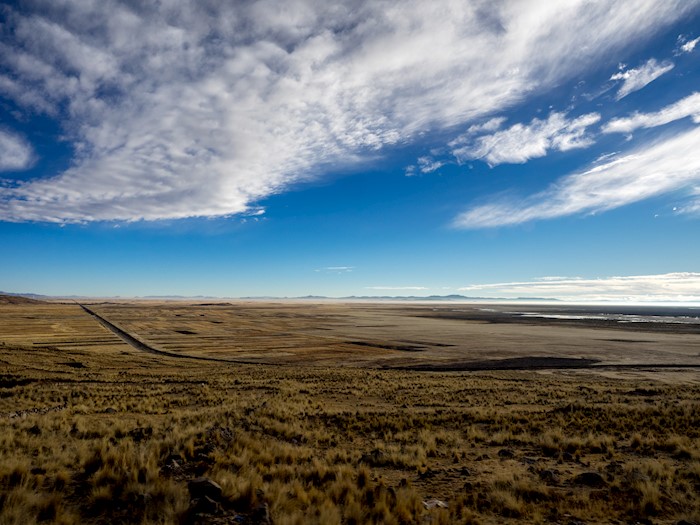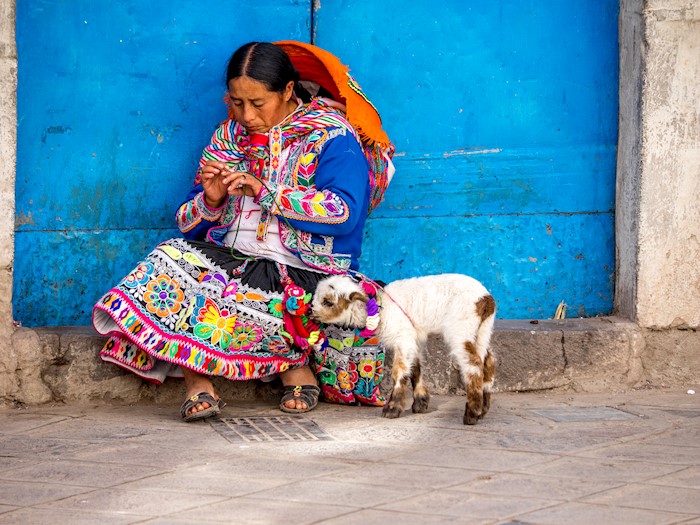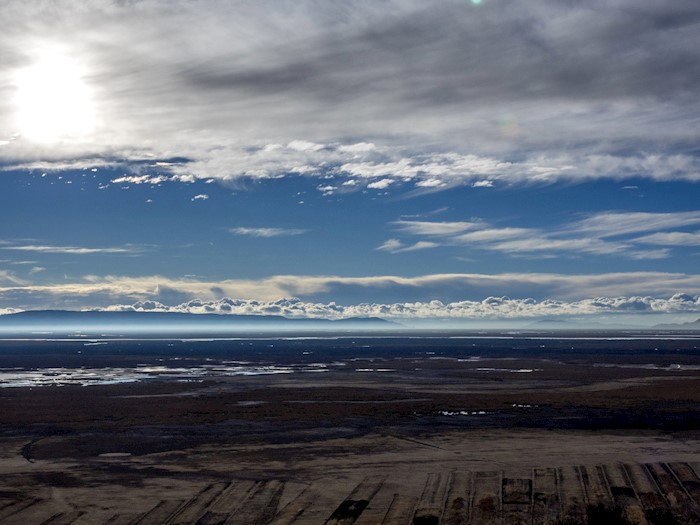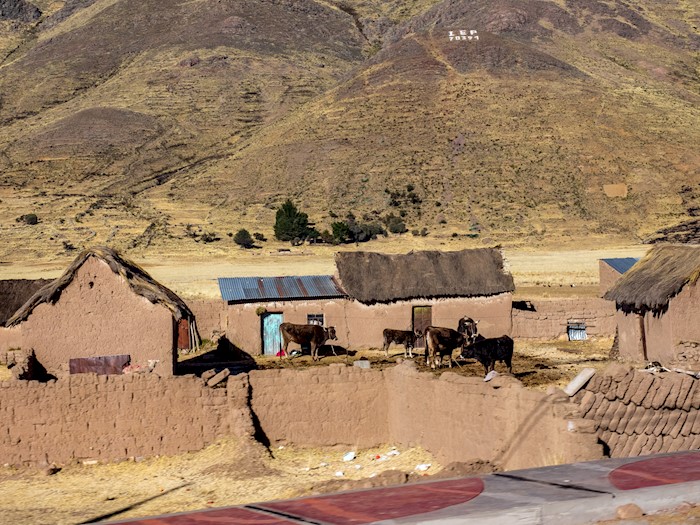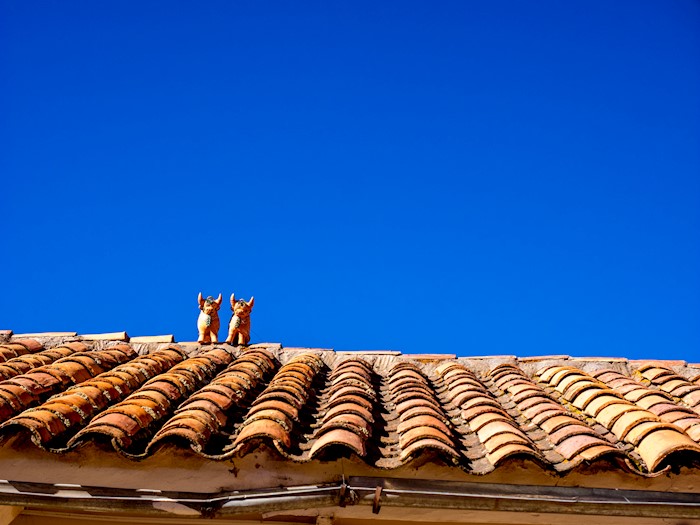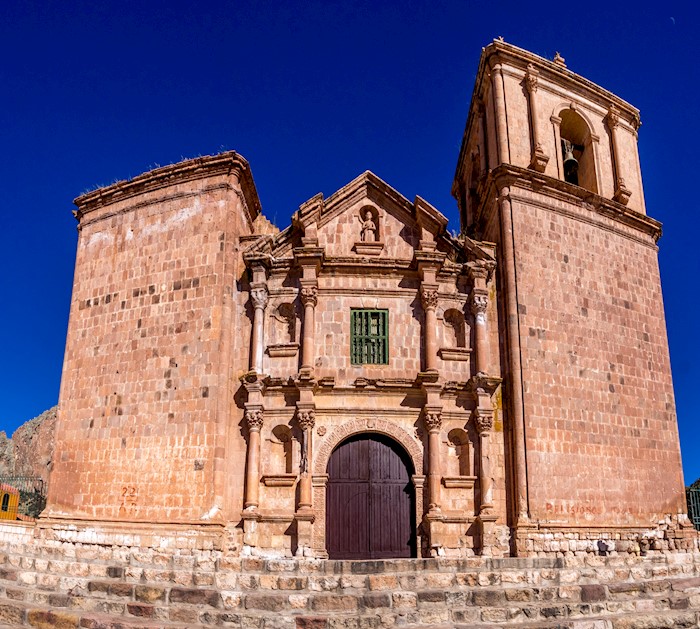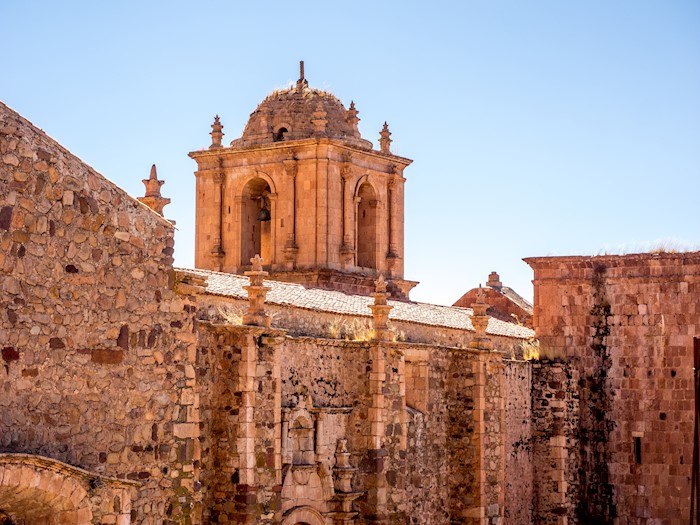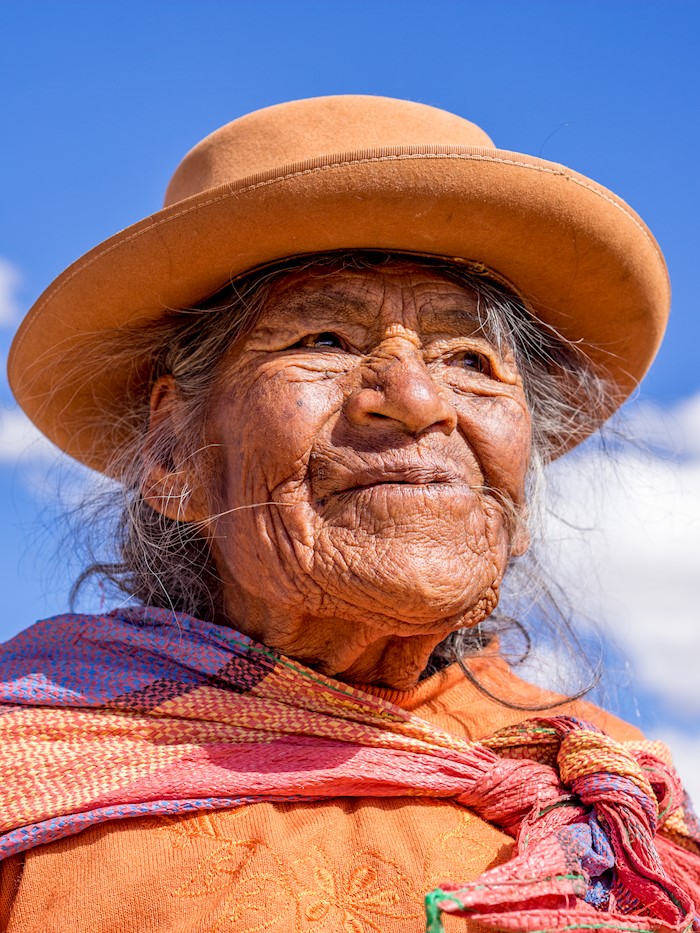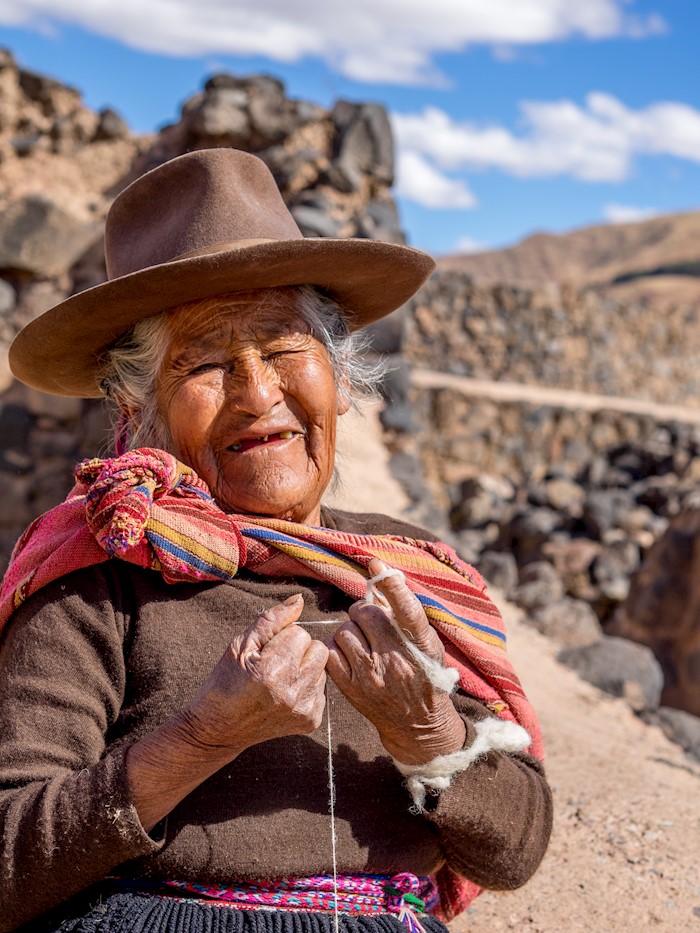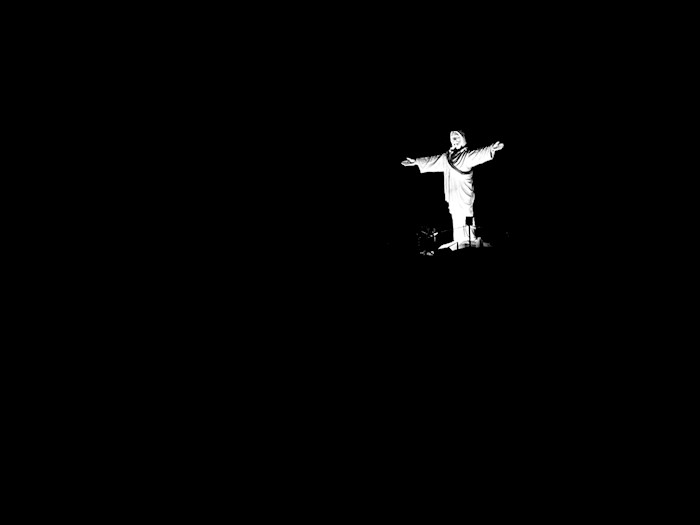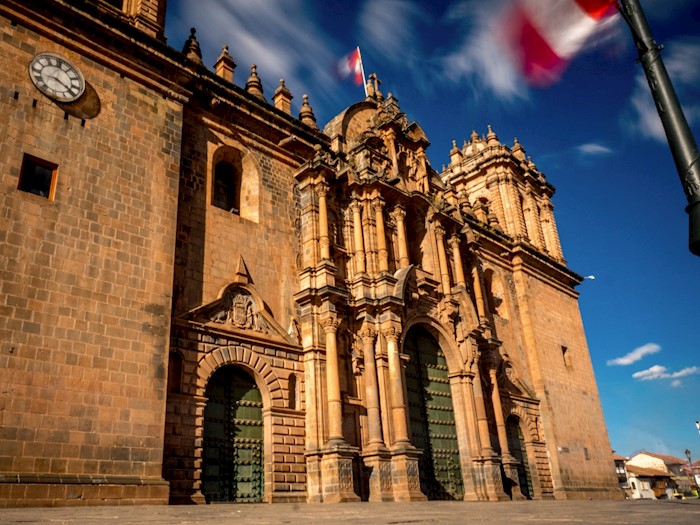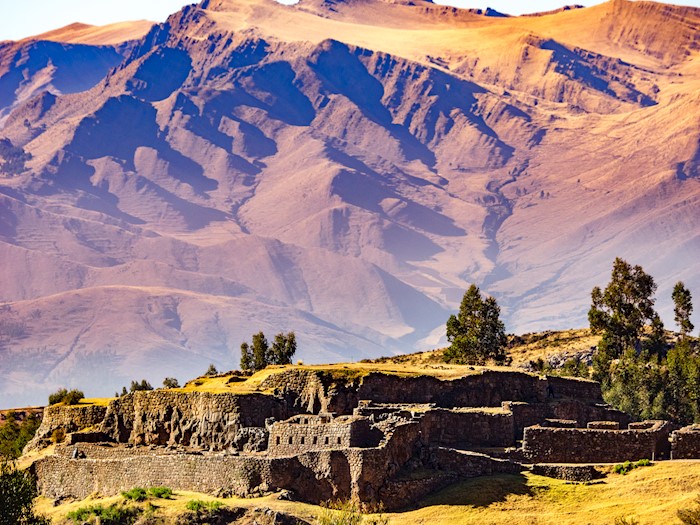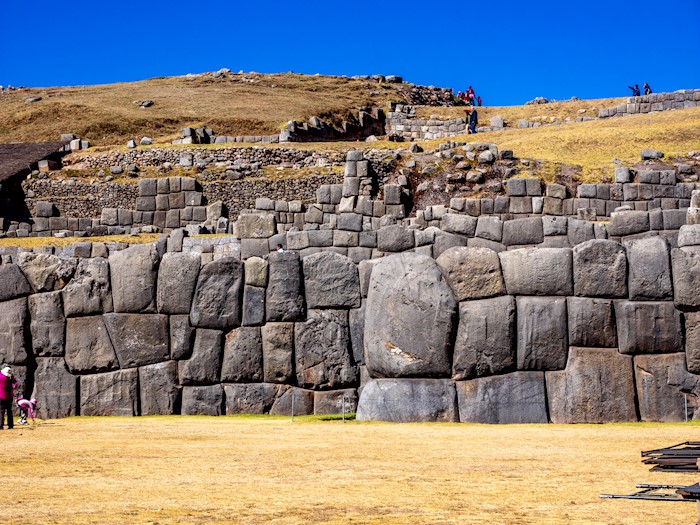Peru Part 2: The Road to Cusco & the Sacred Valley
We left off the last blog in Puno, on the banks of Lake Titicaca (if you missed that, head over here), with sights set on the ancient city of Cusco. In this instalment I’ll be sharing some stories and images from the road to Cusco through Andean highlands, the beautiful city itself, and some Incan ruins in the surrounding Sacred Valley.
The departure from Puno was very early, and the quietude of the streets - which mere hours before had played host to every man and his homemade fireworks - was blissful. Nearing the bus depot on the banks of the lake, I could appreciate the altitude for the first time; as low clouds blended seamlessly with a blanket of mist that had settled over the waters. As the sun rose, the mist lifted and the clouds parted with the promise of a beautiful day, which was to be spent on a 10 hour bus journey to Cusco.
Despite the deep desire to catch up on much needed sleep, it would’ve been a crime to tear my eyes away from an ever-unfolding landscape along the way; from sprawling tablelands, to snow-capped alpine peaks, rolling green hills, and stretches of dusty landscapes. Even in the most seemingly barren plains, clusters of adobe houses sprouted from the earth; each with a small (but inexplicably flourishing) crop, a donkey or two tied out the front, and a pair of terracotta bulls on the roof.
Pucara
The first stop was in a small township by the name of Pucara, which is most famous for its beautiful church (below), and excellent ceramic production - namely the aforementioned terracotta bulls, or Torito de Pucara as they’re referred to locally. Folklore says that luck, fertility, and prosperity is bestowed upon any dwelling with two of the little bulls on its roof, and as such many of the Peruvian houses, no matter how remote, were adorned with the little guys.
La Raya
The next port of call consisted of a small community who's inhabitants were greatly outnumbered by herds of llamas/alpacas. At this point I’ll make a confession: I still cannot tell the two apart, so I’m likely to get it wrong (or give up trying and call them llampacas) over the course of the coming blogs. Apologies to any frustrated zoologists out there.

Raqch’i
Next stop was the Raqch’i ruins. At one time there was a lavish temple dedicated to the Incan Wiracocha god, and now the ruined remains stand as testament to the once mighty empire. The local Quechua people remain to this day, with those educated in English or Spanish making their livings by recounting their people’s history to bus-loads of eager tourists, while many of the older women (who speak only in smiles and the traditional Aymara tongue) walk the same paths as their ancestors, spinning alpaca wool for the local market.
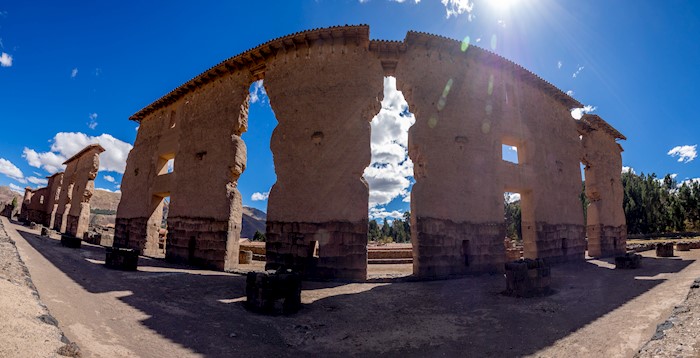
Cusco
And so, after ~400km, the sprawling terracotta cityscape of Cusco came into view. Cristo Blanco was illuminated on a distant hill, perched above with open arms like a sentinel watching down over the city.
Three days of thorough exploration ensued, with newfound delight in every winding passage and opulent church. Cusco bears the unmistakable signs of an ever growing city developed from ancient foundations… namely the, uh, ‘creative’ urban planning and buildings that are constantly deconstructing themselves (usually with the help of an earthquake).

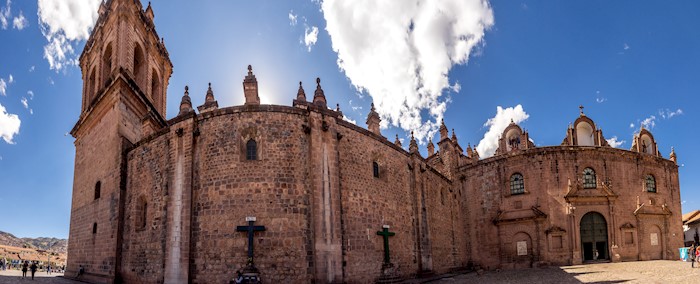
The museums and cultural centres - dedicated to everything from religious art, pre-incas relics, erotic ceramics, and chocolate - provided more information than one person could ever absorb in a few days. You could stay for a year, and still only hear a fraction of the stories that beautiful city has to tell.
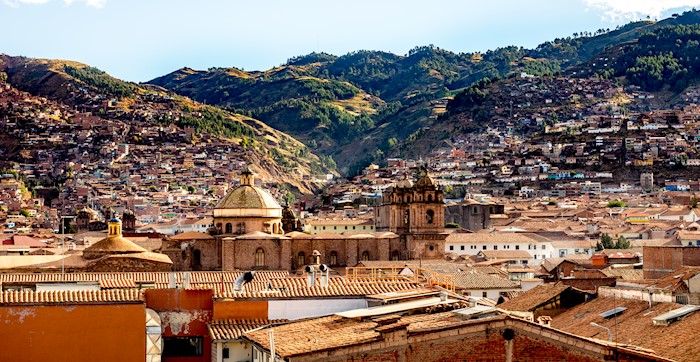
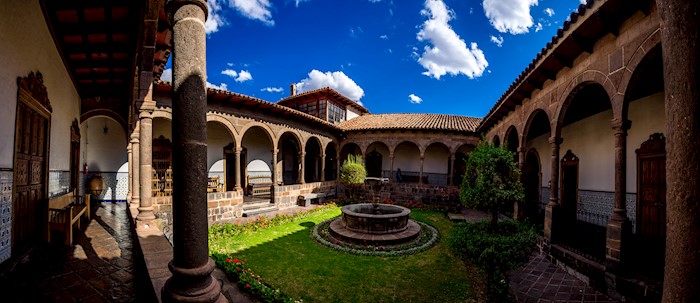
Sacred Valley
The urban exploration was broken up with excursions to the nearby Sacred Valley, which historically was a region of particular importance to the Incan people. Below are some pictures of Saksaywaman (with 8 tonne monoliths), Tambomachay (still watertight stone irrigation systems), Qenqo (the site of many sacrifices and mummifications), and Puca Pucara (a central fortress). The area was an important defence line against the Spanish invasion, and staged one of the bloodiest battles in South American history. It’s hard to imagine such a scene when being led through the same fields on a mild afternoon, hundreds of years later.


There was also an amazing collection of traditional clothing from the regions of Peru at the Centro Qosqo de Arte Nativo. The giant red pom pom was my absolute favourite.

Leaving Cusco was hard, but the memories will stay with me forever. I hope you enjoyed a couple of glimpses into my favourite experiences.
Stay tuned for part 3, where you’ll hear about sleeping in a transparent pod hanging off a cliff, the ancient town of Ollantaytambo, and Machu Picchu (not to mention the downhill mountain biking, white water rafting, and trekking it took to get there!)


